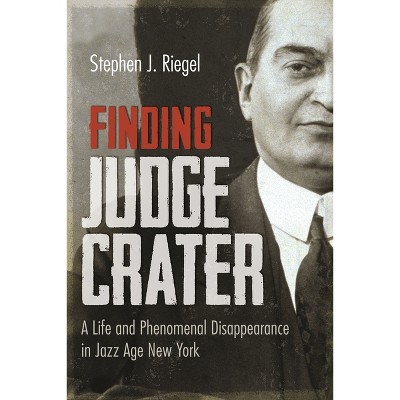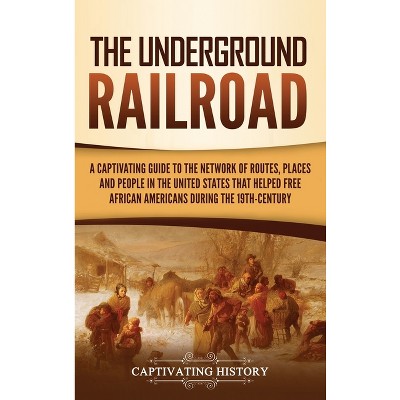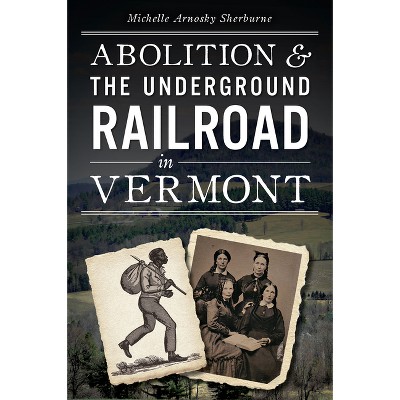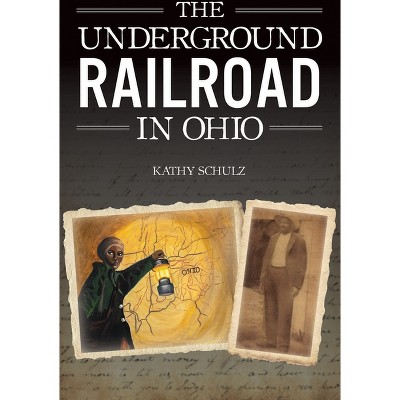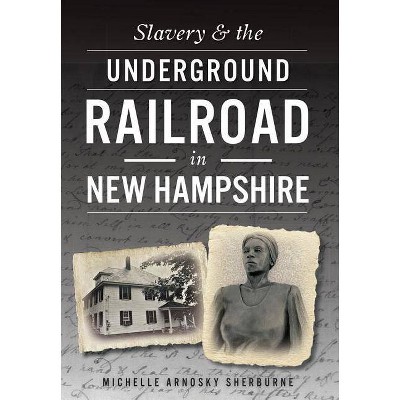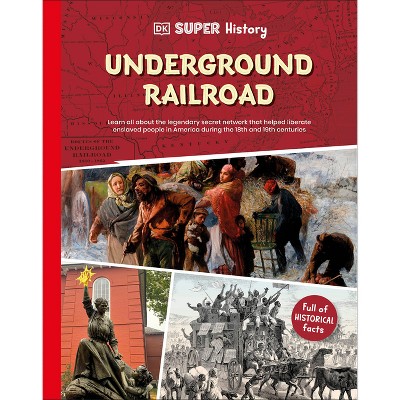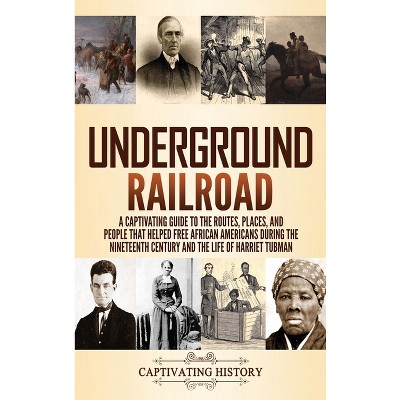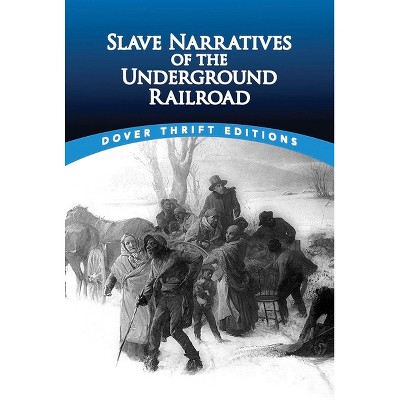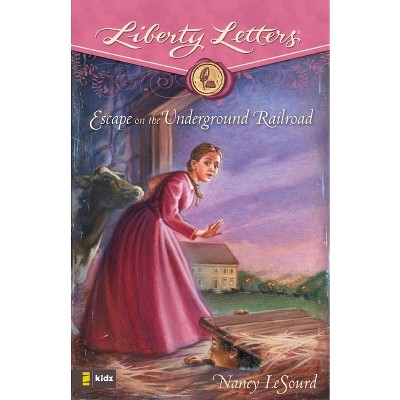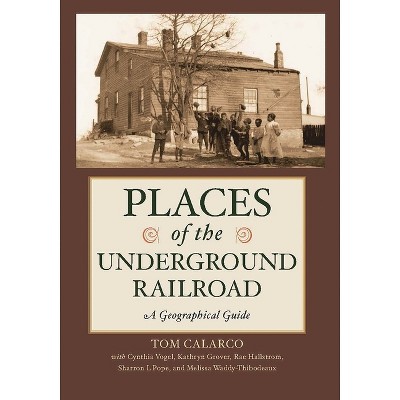Sponsored

The Underground Railroad in Michigan - by Carol E Mull (Paperback)
In Stock
Sponsored
About this item
Highlights
- Though living far north of the Mason-Dixon line, many mid-nineteenth-century citizens of Michigan rose up to protest the moral offense of slavery; they published an abolitionist newspaper and founded an anti-slavery society, as well as a campaign for emancipation.
- About the Author: Carol E. Mull is a historic preservationist and Underground Railroad scholar.
- 224 Pages
- History, United States
Description
About the Book
"The present work is a reprint of the illustrated case bound edition ... first published in 2100 by McFarland"--Title page verso.Book Synopsis
Though living far north of the Mason-Dixon line, many mid-nineteenth-century citizens of Michigan rose up to protest the moral offense of slavery; they published an abolitionist newspaper and founded an anti-slavery society, as well as a campaign for emancipation. By the 1840s, a prominent abolitionist from Illinois had crossed the state line to Michigan, establishing new stations on the Underground Railroad.
This book is the first comprehensive exploration of abolitionism and the network of escape from slavery in the state. First-person accounts are interwoven with an expansive historical overview of national events to offer a fresh examination of Michigan's critical role in the movement to end American slavery.
Review Quotes
"a remarkably readable book...a useful resource for many years to come"-The Annals of Iowa.
About the Author
Carol E. Mull is a historic preservationist and Underground Railroad scholar. She was the recipient of the Eastern Michigan University 2012 Alumna Achievement Award and The Underground Railroad Free Press 2012 Prize for the Advancement of Knowledge. She lives in Ann Arbor, Michigan.Shipping details
Return details
Frequently bought together





